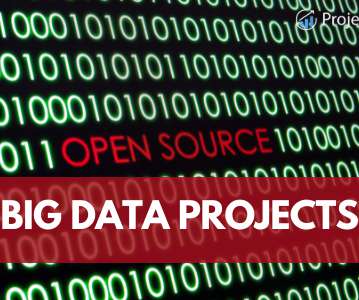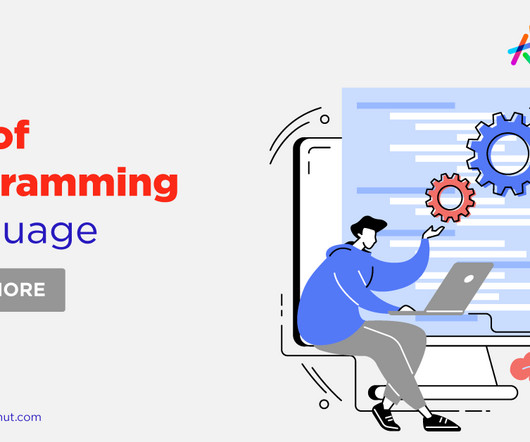Top 10 Successful Data Analytics Company in 2023
Edureka
JULY 18, 2023
4) Tableau Tableau was founded in 2003 as a result of a computer science project at Stanford that aimed to improve the flow of analysis and make data more accessible to people through visualization. 6) Oxagile Oxagile is a software development company that was founded in 2005. Revenue: $ 2.1 Revenue: $43.9













Let's personalize your content